By | May 21, 2017 07:24am ET
-

Credit: Oxford University Press
Best Books to Prepare for the 2017 Total Solar Eclipse
To prepare for the total solar eclipse that will cross the continental United States on Aug. 21, 2017, Space.com has been reading up. Here is our selection of books that will illuminate the history of the celestial events, teach you about the science that’s done while the sky is dark, and help you take full advantage of the rare event.
Plus, we’ll give you our picks for the best books for younger and middle-school-age kids. These titles are great at teaching kids about the sky and explaining how to watch the eclipse. [Total Solar Eclipse 2017: When, Where and How to See It (Safely)]
-

Credit: Oxford University Press
“Totality: The Great American Eclipses of 2017 and 2024” (Oxford University Press, 2017), by Mark Littmann and Fred Espenak
From Mark Littmann and “Mr. Eclipse” himself , eclipse-hunter Fred Espenak, comes an updated version of “Totality,” which details the history of eclipses and eclipse science, as well as provides helpful tips on how to view, photograph and fully appreciate the spectacle. The updates give specific details on both the Aug. 21, 2017, eclipse and the one in 2024 that will be visible to some people in the United States.
The book also features interludes of eclipse chasers and enthusiasts describing their experiences with particular eclipses. It also includes an introduction by astronomy blogger Phil Plait, who has never seen an eclipse but now feels prepared both logistically and emotionally for the event, he wrote.
READ IF YOU … want a broad but detailed overview of eclipse science and history, and if you want to know what to expect and how to take advantage of the upcoming eclipse.
BUY “Totality: The Great American Eclipses of 2017 and 2024” >>
-

Credit: Great American Eclipse LLC
“See The Great American Eclipse” (Great American Eclipse LLC, 2016), by Michael Zeiler
This staple-bound booklet may be short, but it’s packed with a lot of the information you’ll need to enjoy the Aug. 21 eclipse. For example, you’ll get two free pairs of eclipse-viewing glasses and maps showing different parts of the path of totality in detail, to see when and where the eclipse will happen in each location. “See The Great American Eclipse” is an ideal travel companion for the big event.
READ IF YOU … want something light to bring along on your eclipse-watching journey with everything you need, plus an extra pair of glasses to introduce the eclipse to someone you know or make a new friend.
And for those who want a fuller view, Zeiler (who hosts the website GreatAmericanEclipse.com) also offers a 52-page atlas with comprehensive full-color maps of the Aug. 21 eclipse, plus maps for the 2024 eclipse and others coming up around the world.
-

Credit: Springer
“Your Guide to the 2017 Total Solar Eclipse” (Springer, 2016), by Michael Bakich
Astronomy Magazine editor Michael Bakich takes readers through the key details of how to safely view and experience the eclipse in “Your Guide to the 2017 Total Solar Eclipse.” The book also includes detailed weather forecasts for the areas in the path of totality and other tips for being a part of the “most-viewed sky event in history,” the book says. [Best Space Books and Sci-Fi: A Space.com Reading List
READ IF YOU … want a detailed guide to what’s going to happen in August and how to prepare.
-

Credit: Liveright
“American Eclipse: A Nation’s Epic Race to Catch the Shadow of the Moon and Win the Glory of the World” (Liveright, 2017), by David Baron
When a total solar eclipse crossed the American West in the summer of 1878, three brilliant scientists — Thomas Edison, James Craig Watson and Maria Mitchell — chased down the shadow of the moon in pursuit of new scientific knowledge. Author David Baron recounts the drama that surrounded this event in his book “American Eclipse.” While some people who witnessed the eclipse that year thought it was a sign from God that the end was nigh, these scientists used it to illuminate the natural world and advance their own careers in an intensely competitive field.
READ IF YOU … love science history and want to understand how eclipses have provided incredible scientific insight into the natural world.
-

Credit: Basic Books
“Sun Moon Earth: The History of Solar Eclipses from Omens of Doom to Einstein and Exoplanets” (Basic Books, 2016), by Tyler Nordgren
“Sun Moon Earth,” by astronomer Tyler Nordgren, walks readers through the history of eclipse viewing and how it has contributed to science through the ages. It recounts events ranging from the first scientific understanding of the celestial events, to their use in 1919 to test Einstein’s theory of general relativity, to how they now help scientists locate planets around distant worlds, and much more. [The 7 Most Famous Solar Eclipses in History ]
READ IF YOU … want a narrative history of how humans have related to eclipses and how eclipses have pushed forward our scientific grasp of the universe.
-

Credit: Oxford University Press
“Eclipse: Journeys to the Dark Side of the Moon” (Oxford University Press, 2017), by Frank Close
Physicist and science communicator Frank Close describes his personal eclipse-chasing adventures around the world and lifelong fascination with the phenomenon, exploring eclipse history and science along the way. He also provides tips for the upcoming eclipse and explains his own preparations for the event.
READ IF YOU … want an eclipse travelogue that conveys the excitement of the phenomenon as well as solid science.
-

Credit: Simon Spotlight
FOR KIDS: “Looking Up! The Science of Stargazing” (Simon Spotlight, 2017), by Joe Rao and illustrated by Mark Borgions
Space.com’s night-sky columnist and meteorologist Joe Rao put together this fun guide to stargazing, which features a special section all about the 2017 eclipse. In “Looking Up!”, you can learn all about the sun, moon, northern lights and constellations, and find out how to (safely) spot them in the sky. [Best Space Books for Kids ]
READ IF YOU … are a reader in grades 1 to 3 or want to share this beautifully illustrated book with someone who is.
-

Credit: NSTA Press
FOR KIDS: “Solar Science: Exploring Sunspots, Seasons, Eclipses and More” (NSTA Press, 2015), by Dennis Schatz and Andrew Fraknoi
This book from the National Science Teachers Association is aimed at middle school educators. It separates eclipse science into stand-alone topics and activities to prepare students for the eclipse. Plus, it connects to Common Core State Standards and U.S. Next Generation Science Standards through student activities if they’re used in the classroom.
READ IF YOU … are a very self-directed middle-schooler or hoping to prepare a bunch of them for the celestial event while also teaching general sun science.
BUY “Solar Science: Exploring Sunspots, Seasons, Eclipses, and More” >>
of 10
of 10
of 10
of 10
of 10
of 10
of 10
of 10
of 10
of 10
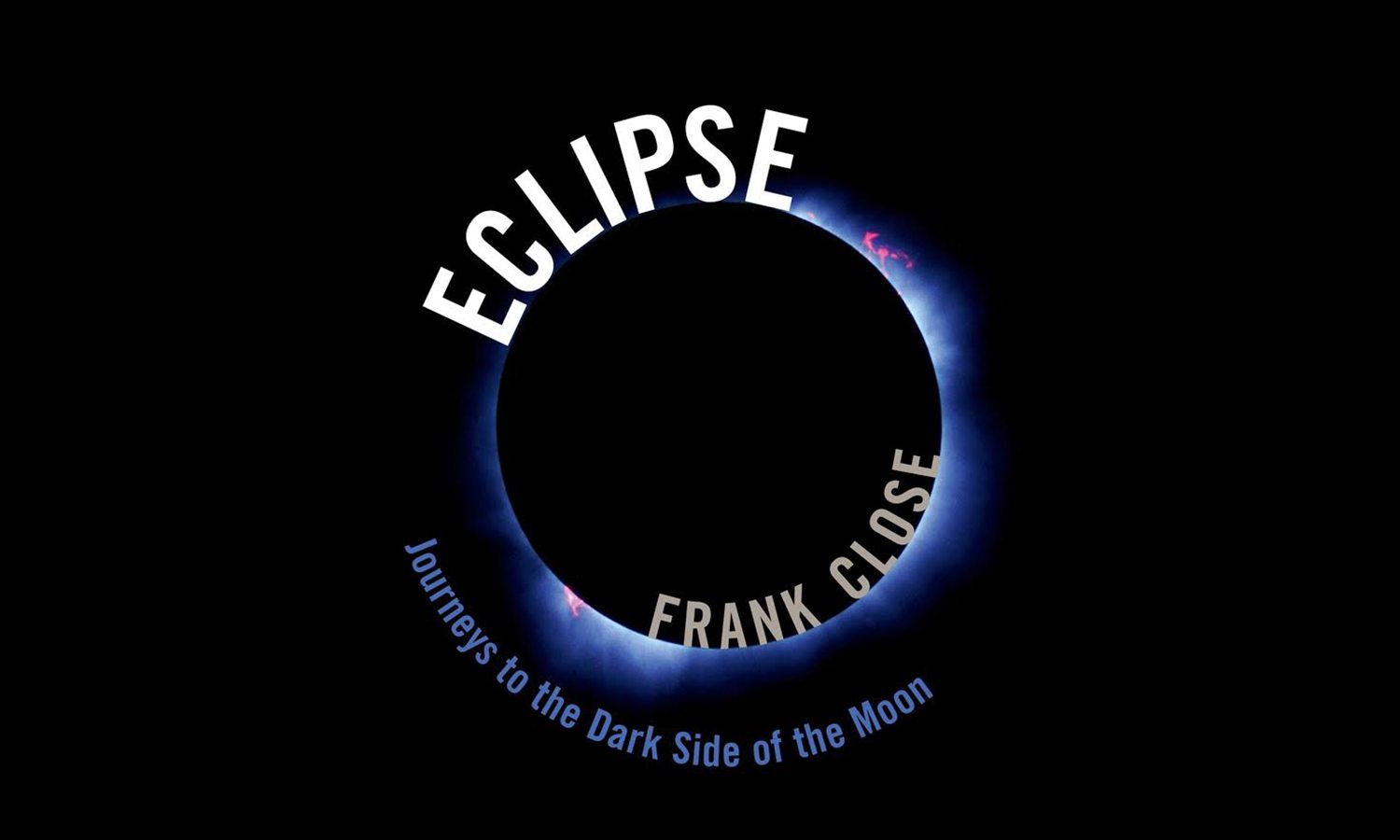
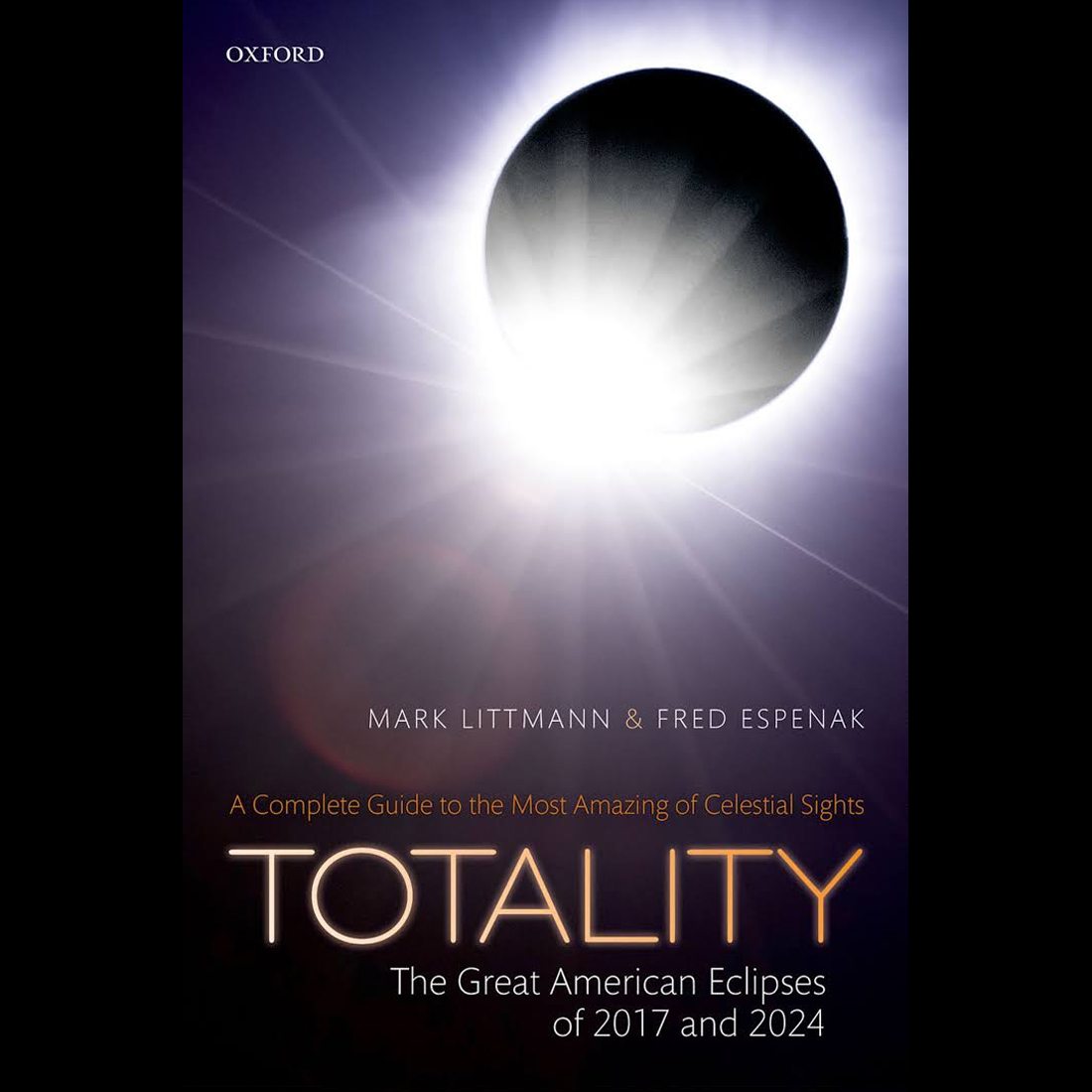
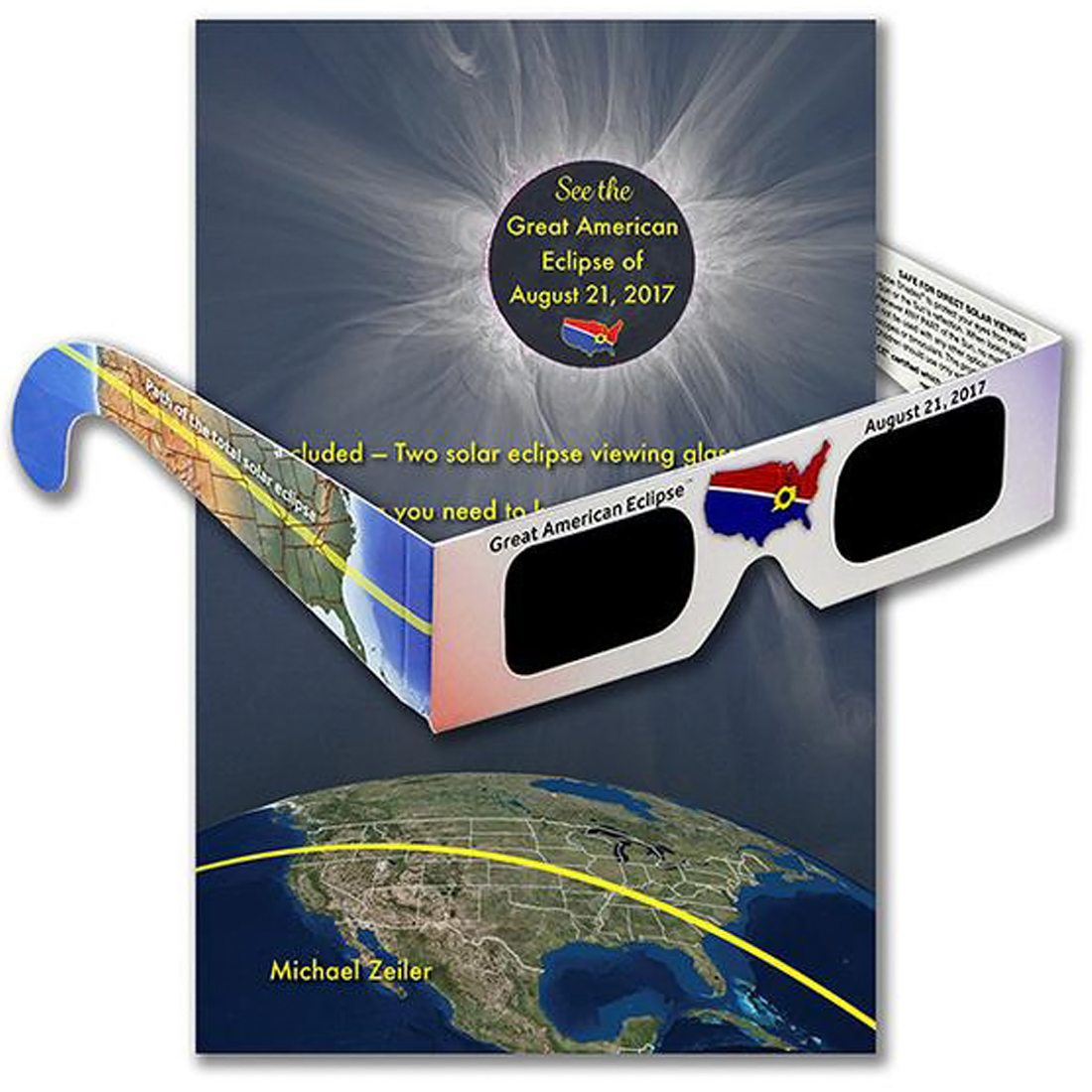
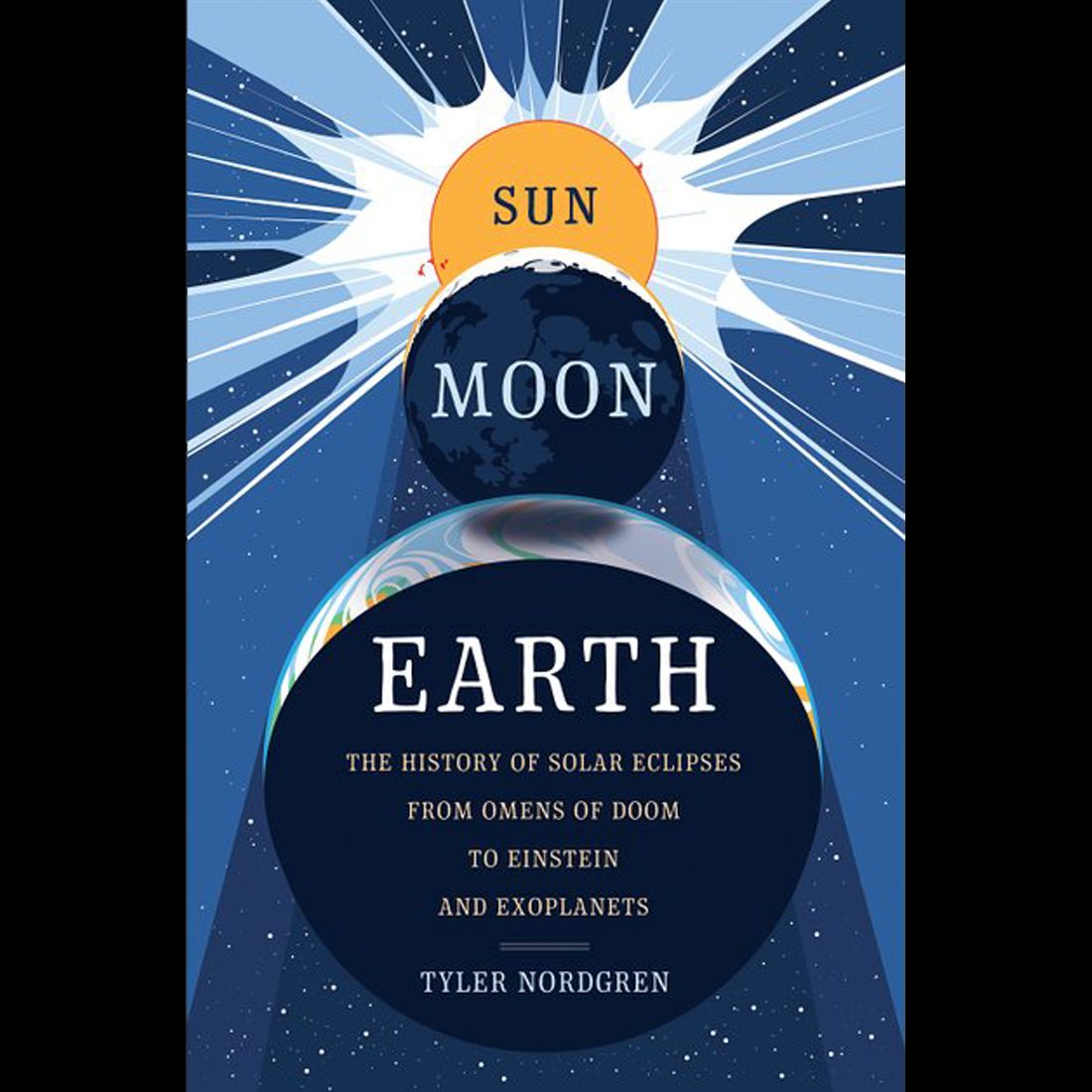
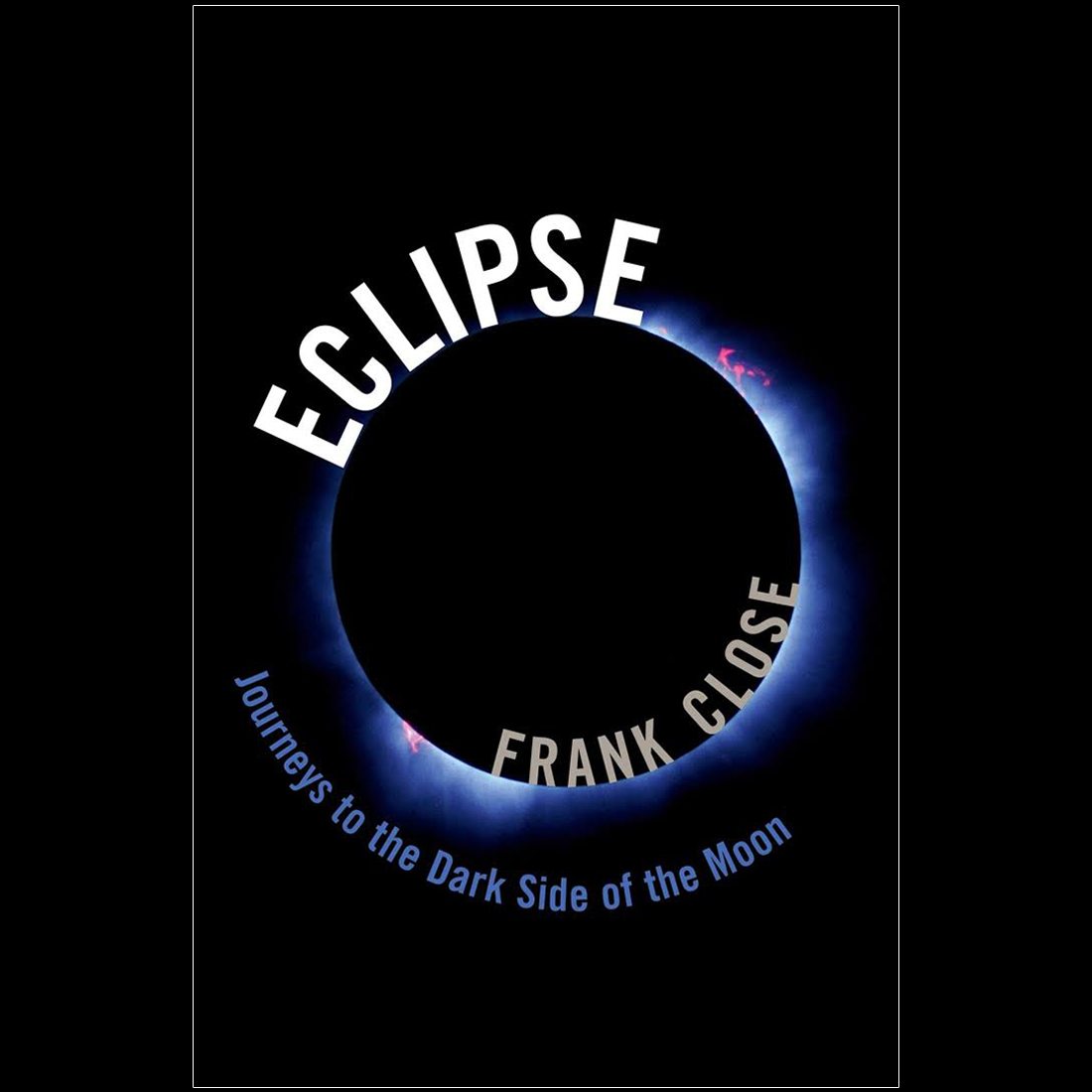
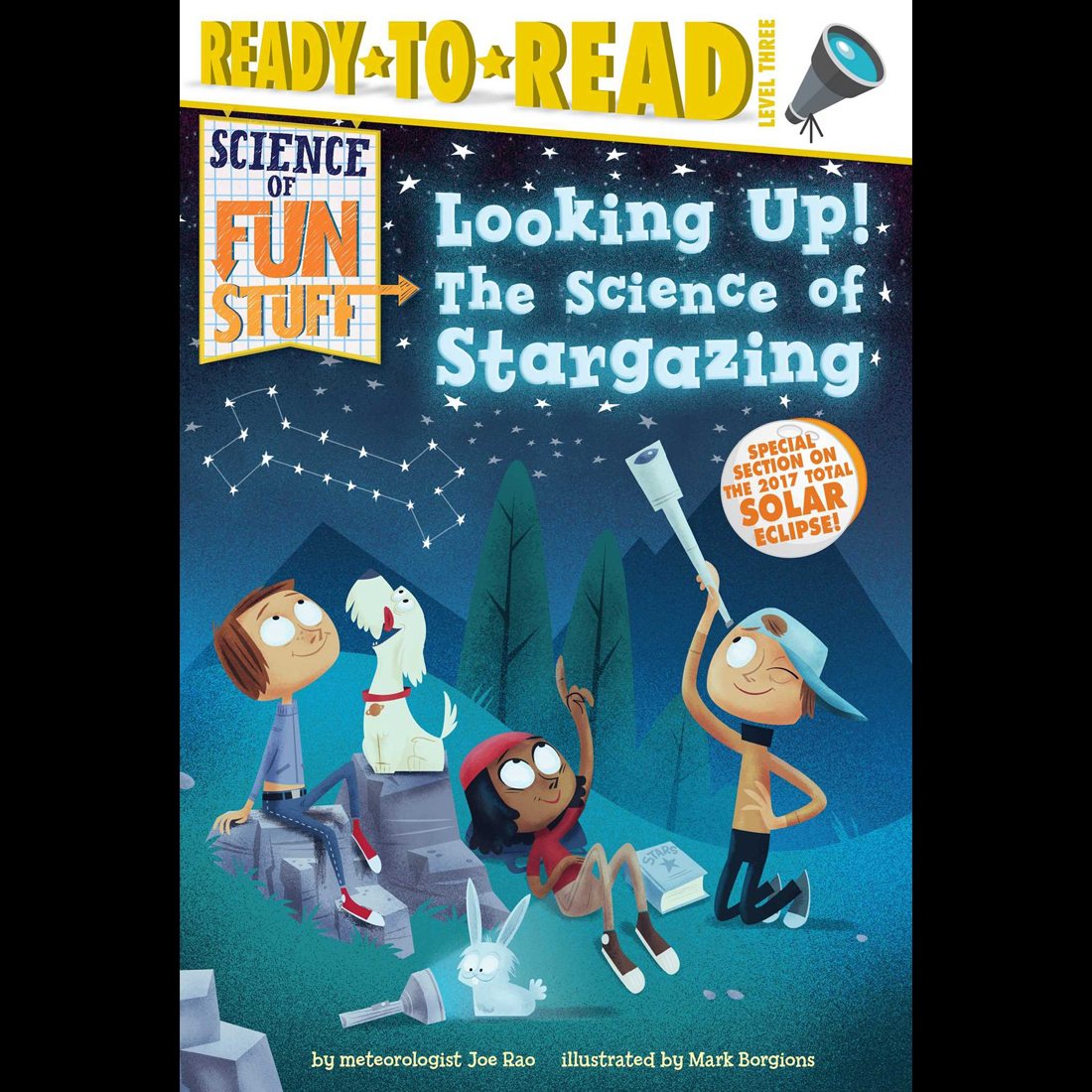
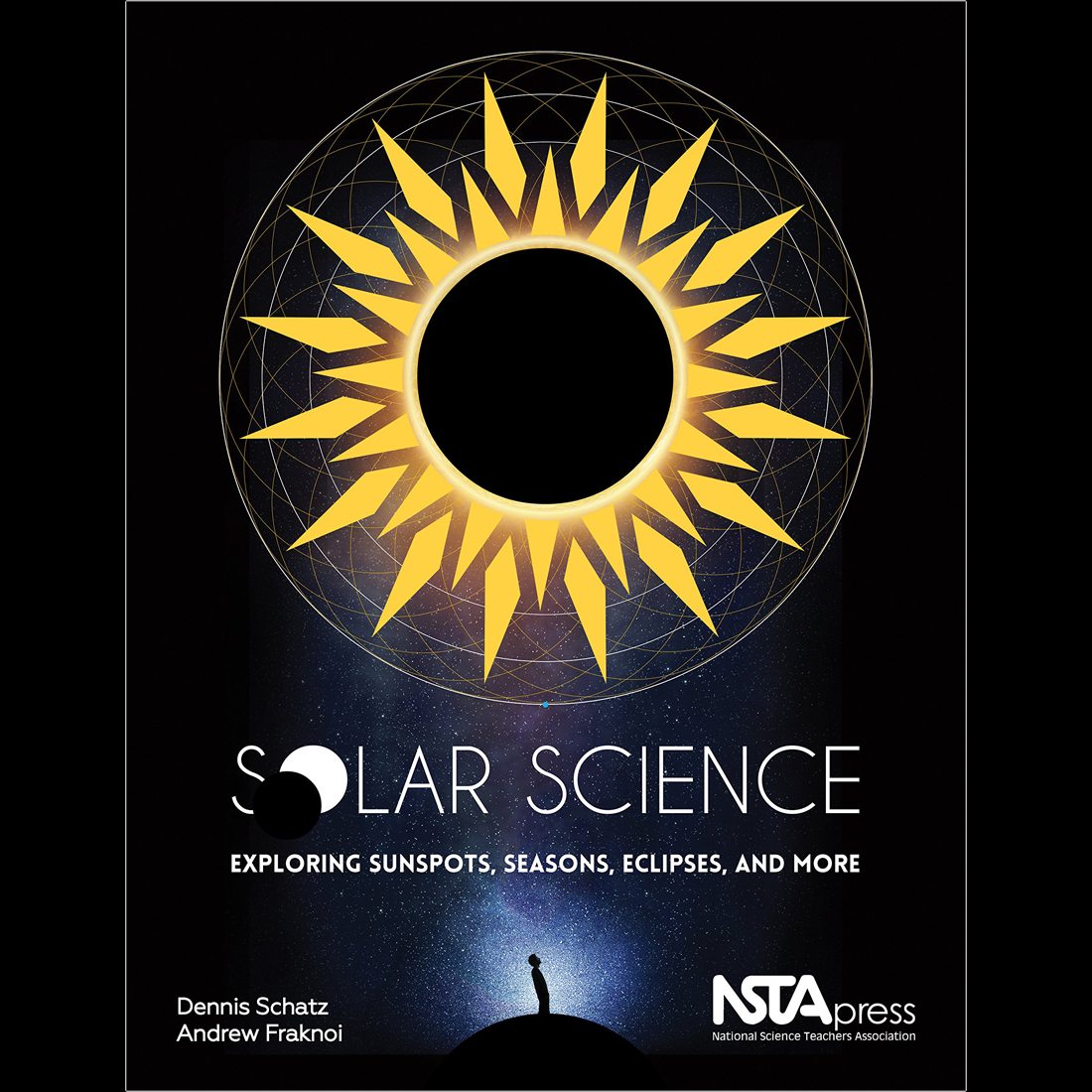
Comments are closed.